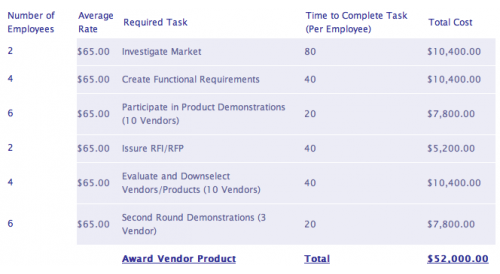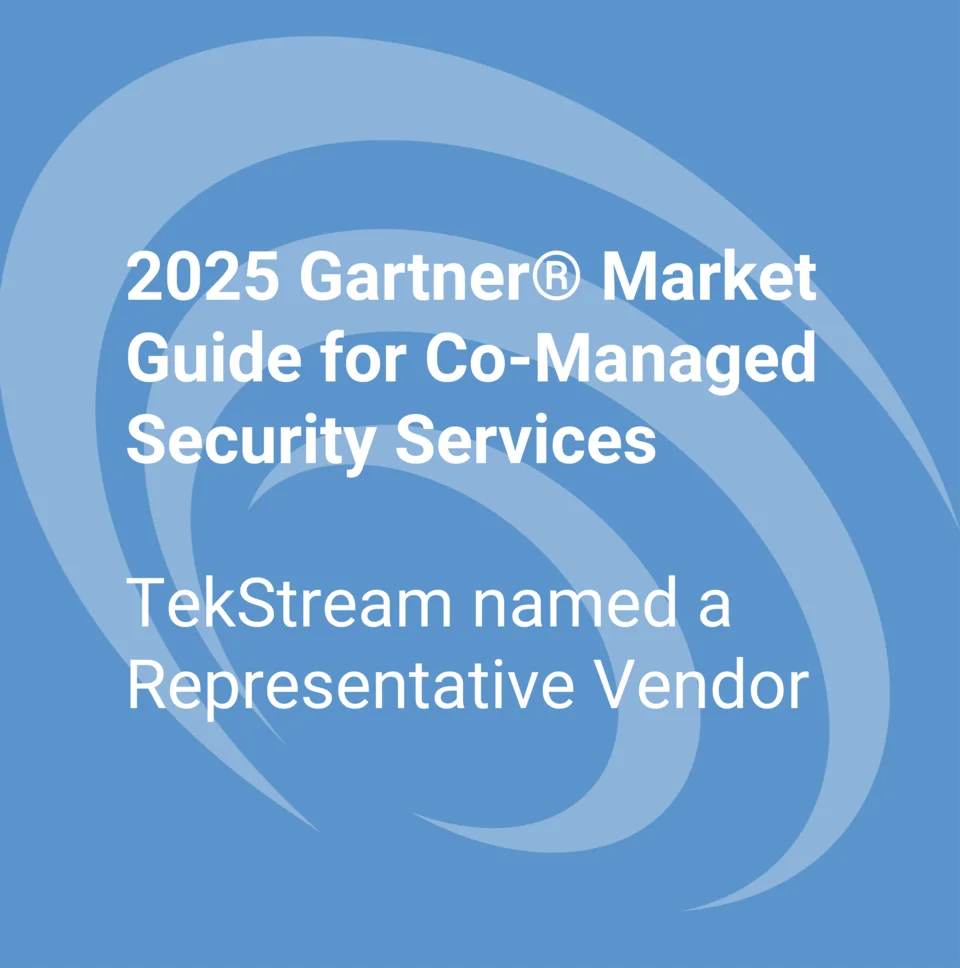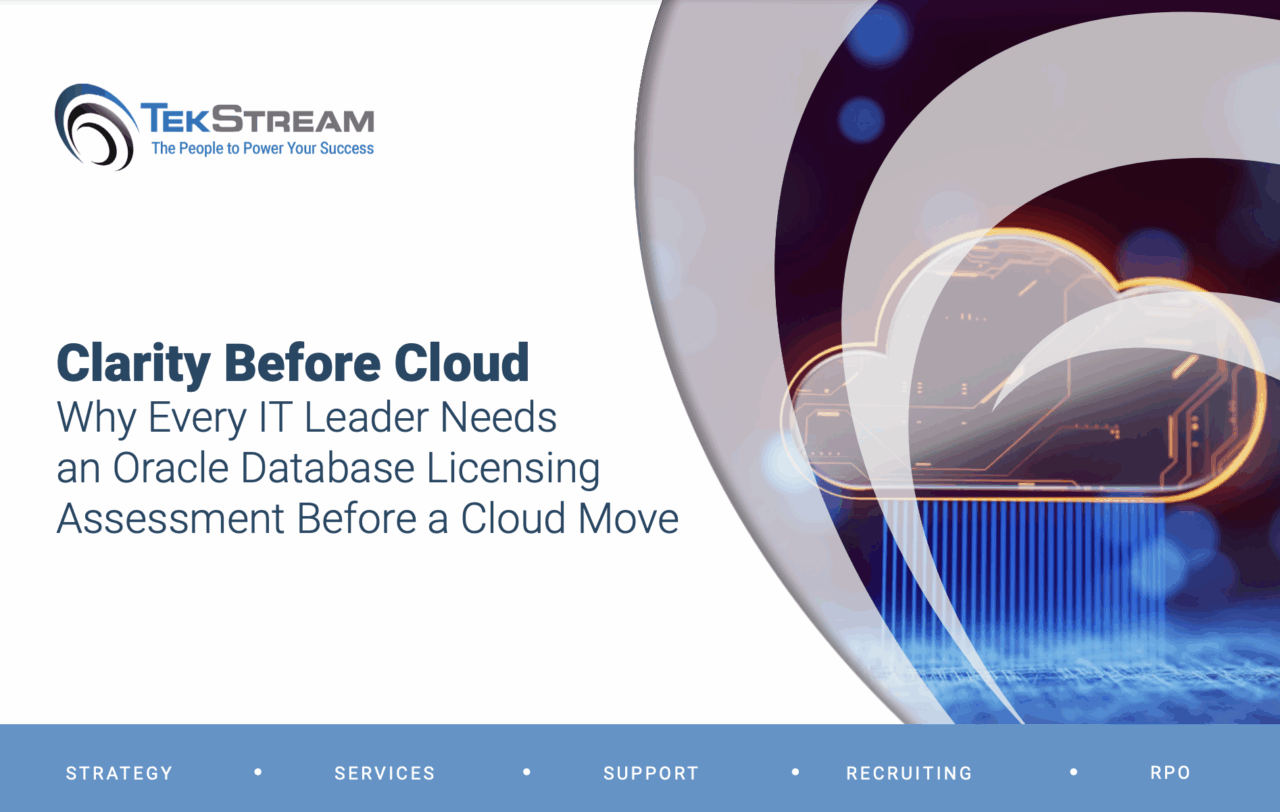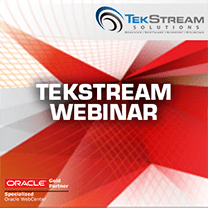Enterprise CMS: Best Approach Part 2
Abstract: This article provides tips on how to decide which Enterprise CMS system is right for you. In addition, we will talk about how to make a decision that not only is tailored to the organizations needs but also cost effective.
ECM Pricing Models
The price associated with selecting software is going to be different for each company and for each type of software. With that said, here is an example costing model for selecting a Content Management application from a pool of 10 Content Management vendors. I used an average hourly rate of US$ 65.00 for the company’s employees that will be doing the prep work, documentation, evaluations and awarding.

Even with these numbers and a very simplified selection process, it is easy to see how expensive it is just to make a decision of software, let alone actually purchase the product and implement it.
I’ve included these numbers to demonstrate that there are usually costs associated with product selection that is sometimes overlooked. Some would even look at this and decide to cut even more corners to reduce cost. Unfortunately, skipping on your homework will only cost you more in the long run — a lot more.
Finding the Best Solution, Reducing Solution Cost
I’ve recommended the following model to companies and have found that, when following these basic tips, organizations were able to find a solution that best matched their requirements as well as minimized the overall solution cost.
1. Define the Purpose
Ask yourself, why do you need Enterprise Content Management, what problems will it solve? Create a detailed list of current issues and use cases that the new solution will have to address.
2. Investigate the Market
Look for vendors and products that specifically address the identified problem areas.
3. Create a List of Functional Requirements
Make sure that these functional requirements are specific to the problems at hand and include future growth and functionality anticipated in the near future.
4. Participate in Product demonstrations
Limit the number of vendors/products to a manageable set. Give the vendors your list of use cases and ask them to demonstrate how their products will address each item.
Don’t allow “canned” demos. Remember, you will want to know how the software will work in the real world. Any demonstration can be made to look pretty and easy, easily getting the end-users excited, but basing a decision off of DemoWare leads to disappointment.
5. Issue a Request For Information or Even a Request For Proposal
Only invite vendors who have demonstrated their ability to meet most of your requirements during the demonstrations. This will reduce the number of responses you have to weed through and allow you to focus on features not easily demonstrable such as architecture and integration capabilities.
6. Create a Short List of Vendors and Products for Deeper Review
Specify an architecture that matches your environment and a detailed list of use cases that closely match the problems you are trying to solve. Invite at least the top three vendors to come on site and install the software and configure it while you watch.
The vendors should run into problems as they perform this. It is important to see how they, and the software, overcome these issues. After the configurations are complete, have them demonstrate the use cases on the systems they built
7. Award a Solution
Base your awards on the RFI/RFP, POC or back-office success, the vendor/software’s ability to overcome challenges, software price and implementation costs.
A Final Note
There is a lot of good information out there and published use cases of how other organizations solved their problems. In addition, a lot of service providers offer software selection services which can help a company make the best informed decision while providing guidance based on years of experience. Use these to your advantage and happy evaluation.
Editor’s Note: You might also be interested in: Selecting a Content Management System: To Score or Not to Score?








